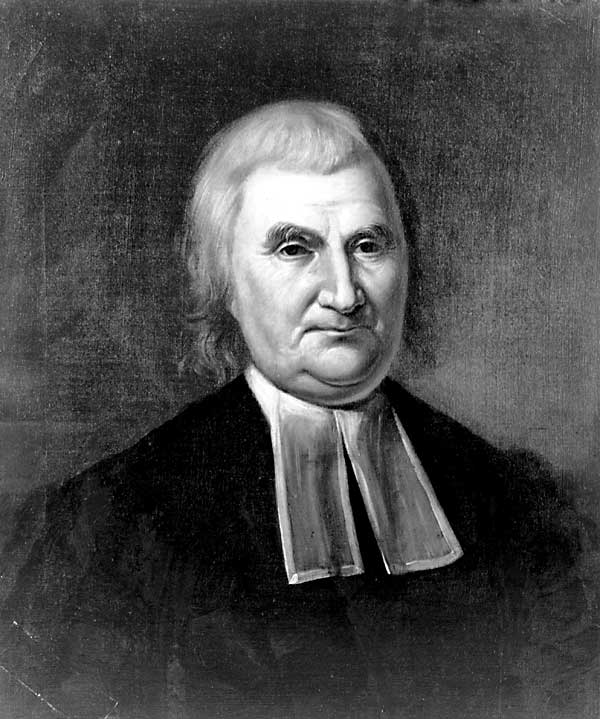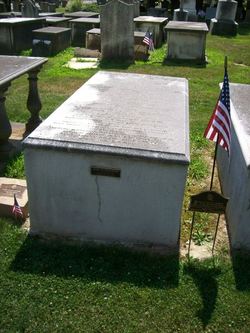Stephen
Kemble, the fifth child of Peter Kemble and his first wife, Gertrude Bayard, was born in New Brunswick, New Jersey in 1740. Related to influential and politically powerful families of New York, the Kembles remained loyal to the British during the Revolutionary period. Stephen attended college in Philadelphia and accepted an ensign commission in
the British Army, joining the 44th Regiment of Foot in 1757. The following year his sister,
Margaret, married a British lieutenant on the rise – Thomas Gage – who had been
recruiting for the British Army in New Jersey.
After fighting
with William Howe at Ticonderoga during the French and Indian War, Kemble was
promoted to captain of the First Battalion of the 60th
Regiment. In 1759, Thomas Gage, was promoted to
general, and after the surrender of the French, Gage was named military governor
of Montreal. In 1761, Gage was promoted to major general, and, after the Treaty of Paris ended the war, Gage was informed he would act as commander-in-chief of the British forces in America. Kemble would profit from the rise of his brother-in-law.
In 1772, Kemble was
named Deputy Adjutant General of the Forces in North America. Now a major in
the British Army, Kemble was at the side of one of the most powerful men in
North America. Kemble traveled to England the following year, meeting with King
George. In 1774, Gage was named governor of Massachusetts, arriving in Boston
in May. Relatively well-received by the
people of Boston initially, Gage’s vigorous defense and enforcement of the
series of British laws passed to punish the people of Boston and Massachusetts
quickly made him an enemy of the people.
Kemble was with Gage in Massachusetts when the opening shots of the war
were fired in April 1775. Gage
was replaced by William Howe in the fall, and Kemble was demoted, though he remained loyal, due to his close relationship with Howe and his familial connections.
Kemble continued to serve under Howe, and then General Henry Clinton, in New Jersey and Philadelphia, in 1776 and 1777. In June 1778, shortly before the British Army evacuated Philadelphia, Kemble was promoted to Lieutenant Colonel of the 1st Battalion of the 60th Foot. He resigned his position in October 1779, however, when Clinton refused to promote him.
Kemble was not out of service for long. He soon resumed his position as Lieutenant Colonel of the First Battalion of the 60th Regiment, and fought in the Caribbean and Central American against the Spanish, where, at one point, he held a temporary command of brigadier general. After an attempt in Nicaragua ended in disaster, Kemble went to England, where he was promoted to Colonel in 1782 and sent to Grenada. In 1786, after being placed under the command of an officer of inferior grade at Quebec, Kemble retired from the British Army.
In 1788 he returned to New Brunswick, New Jersey, for a short time, but soon returned to England. In 1805 he sold his property in England and returned to live in his old home in New Brunswick, where he remained until his death in 1822. He is buried at Christ Episcopal Churchyard in New Brunswick.

